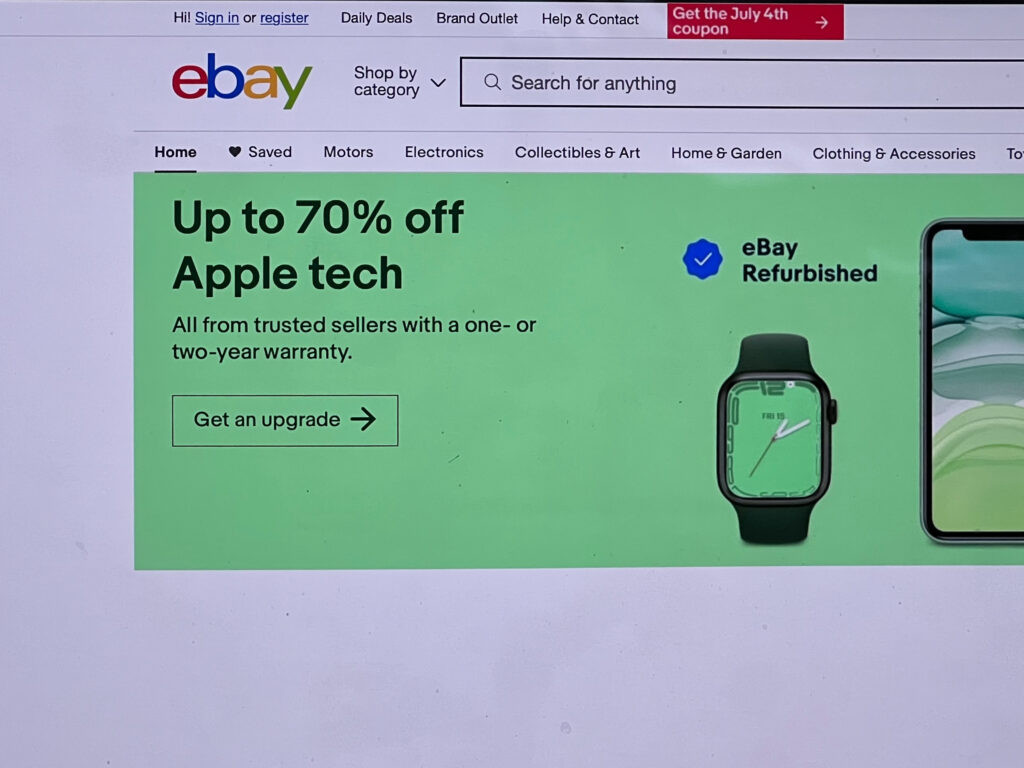The technological advances in ecommerce mean 24% of retail purchases are expected to be made online by 2026, according to market research company Insider Intelligence.
Yet, one of the most old-fashioned bugbears of shopping remains a physical barrier to larger adoption – customer service.
During last December as Royal Mail strikes combined with treacherous weather, third-party pickup company Doddle found that 62% of shoppers had experienced at least one delivery issue in the month and 39% of consumers were considering switching retailers to avoid problematic carriers, their reputations damaged by the peak delivery failures.
Kitty Poole, Chief Marketing Officer at Doddle, argues that the delivery experience and associated customer service can undermine the technology supporting the expanding ecommerce industry.
“The way people shop is changing [and] keeping on top of that is hard and competition doesn’t look like it used to,” says Kitty.
“People are returning more than ever, [there are] sustainability and visibility of stock issues. The shopping experience is great, but getting their hands on their shopping, through delivery for instance, still doesn’t match up with the ease of the rest of the experience.
“It’s also out of the merchant’s control and has a huge impact on repeat purchase, so getting it right can make all the difference.”
How technology created a new online workplace
With Amazon alone employing an estimated 1.6 million people, ecommerce is the baby of millennials as they migrated from their analogue shopping world of bricks and mortar, and catalogues.
Tim Berners-Lee’s web browser was released to the public for the first time in 1993, while 1995 saw regulations changed to allow online shopping and the birth of eBay.
In two short years, consumers trusted a whole new internet system with their money and purchasing desires.
Remarkably, it was high street familiar WHSmith which began the craze in the UK on 27th April 1995 by taking the first secure online order. Compuserve UK’s Product Manager, Paul Stanfield, takes credit for being the first with his purchase of Vikram Seth’s A Suitable Boy, paying a whopping £1.95 for delivery.
Now, the global ecommerce market is expected to total $6.3trn by the end of 2023, with 57% of online consumers shopping internationally.
Yet, as Kitty notes, getting the basics right is as important as the technology employed behind the scenes to create a seamless shopping experience and design.
“Focus on delivery experience. Make sure people know when their order is arriving and where it is.
“One retailer we worked with saw a 23% drop in repeat purchases nine months after they changed courier which resulted in parcels going missing. Logistics are about the customer experience as much as the cost.”
Following customers onto social media
While technology will always underpin ecommerce platforms, changing habits of where consumers spend most of their time are driving strategies.
Statista recently revealed that nearly 100 million Americans shop on social media, and 55% of people aged 18 to 24 have made a purchase on social media.
These statistics mean the reach of ecommerce is almost infinite given the rising number of people with access to the internet (62% of the global population at the last count).
As Kitty confirms: “Users open Tiktok 19 times per day. This is where your audience is and where they are shopping, so it’s really important for brands to have a strategy.”
This social media growth also affects consumers in other ways, not least through influencer content.
Financial software company Intuit claims that 40% of us made a purchase because of social media influence, with the most popular products including clothing or accessories, health or beauty items, food or drinks, event tickets and holiday experiences.
Smartphone evolution also results in 91% of people making online purchases using their smartphone (PewResearch), meaning you can be influenced on the go.
Buying and selling has never been so easy. Just make sure you get the customer service right.




